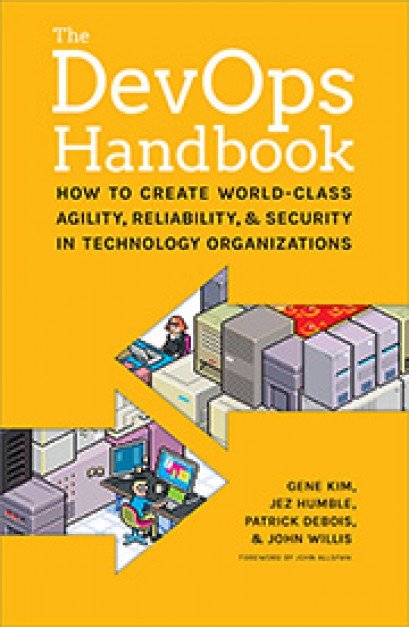22 February 2023

In recent years, the rise of DevOps has revolutionised the way that organisations develop, deploy, and maintain software. By promoting a culture of collaboration, automation, and continuous delivery, DevOps has helped teams to work more efficiently and respond to changing requirements more quickly. However, as the complexity of software systems increases, so too do the risks to cybersecurity. In this article, we will explore the intersection of cybersecurity and DevOps, and examine some best practices for ensuring that your DevOps practices are secure. Cloudflare recently reported that multiple organisations experienced a wave of distributed denial-of-service (DDoS) attacks, with one of them being the largest ever recorded. This DDoS attack was based on HTTP/2 protocol and reached over 71 million requests-per-second, surpassing the previous record of 46 million rps that Google had blocked in June 2022. The other DDoS attacks that took place over the weekend peaked at around 50-70 million rps. This pattern of record-breaking DDoS attacks seems to be continuing.
Before diving into the specifics of DevOps and security, it's important to have a clear understanding of the current cybersecurity landscape. Cyber threats are evolving constantly, and organizations of all sizes and industries are at risk. Some common types of attacks include:
● Malware: malicious software designed to disrupt or damage systems
● Phishing: fraudulent attempts to obtain sensitive information through email or other means
● DDoS: distributed denial-of-service attacks that flood servers with traffic to overwhelm them
● Insider threats: attacks by employees, contractors, or other insiders who have access to sensitive information
These are just a few examples of the many types of cyber threats that organisations face. As systems become more interconnected and data becomes more valuable, this risks will only continue to grow.
So where does DevOps come in? At its core, DevOps is about collaboration and automation. By breaking down silos between development, operations, and other teams, DevOps promotes a culture of shared responsibility for the success of software projects. This can help to reduce the risks associated with insider threats, as employees are more likely to identify and report suspicious activity.
In addition, DevOps practices can help to improve the security of software systems in a number of ways. For example:
● Continuous integration and deployment: By automating the process of building, testing, and deploying software, DevOps can help to ensure that code is reviewed and tested thoroughly before it is released. This can help to prevent vulnerabilities from being introduced into production systems.
● Infrastructure as code: DevOps encourages the use of code to manage infrastructure, which can help to reduce the risk of human error and ensure that systems are configured consistently.
● Monitoring and logging: By implementing continuous monitoring and logging, DevOps teams can quickly identify and respond to security incidents and can use data to analyse trends and proactively identify potential issues.
While DevOps practices can help to improve security, it's important to take a proactive approach to ensure that your DevOps processes are as secure as possible. Here are a few best practices to consider:
1. Implement strong access controls: Use role-based access controls to ensure that employees only have access to the resources they need to do their jobs.
2. Use automation to reduce human error: Wherever possible, automate the process of deploying and managing infrastructure to reduce the risk of human error.
3. Implement continuous monitoring and logging: Use tools like intrusion detection systems (IDS) and Security Information and Event Management (SIEM) solutions to monitor systems for suspicious activity.
4. Conduct regular security testing: Use tools like penetration testing and vulnerability scanning to identify and remediate security issues before they can be exploited.
5. Foster a culture of security: Make security a top priority for all members of your organization, and encourage employees to be vigilant and report suspicious activity.
DevOps has the potential to revolutionise the way that organisations develop and deploy software, but it's important to ensure that these processes are secure. Cybersecurity a top priority for DevOps practices. While DevOps can improve the speed and efficiency of software development, it's important to balance these benefits with a comprehensive approach to security. In this way, DevOps can become an integral part of a holistic cybersecurity strategy that includes a proactive approach to identifying and mitigating cyber threats. As technology continues to evolve, it will be critical for organizations to stay informed about emerging threats and to adapt their DevOps practices accordingly. Ultimately, by prioritizing security in their DevOps practices, organizations can not only reduce the risk of cyber threats, but can also build trust with their customers and stakeholders, demonstrating their commitment to protecting their sensitive data.

